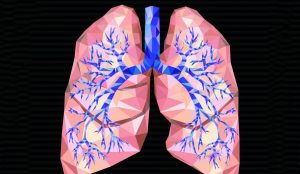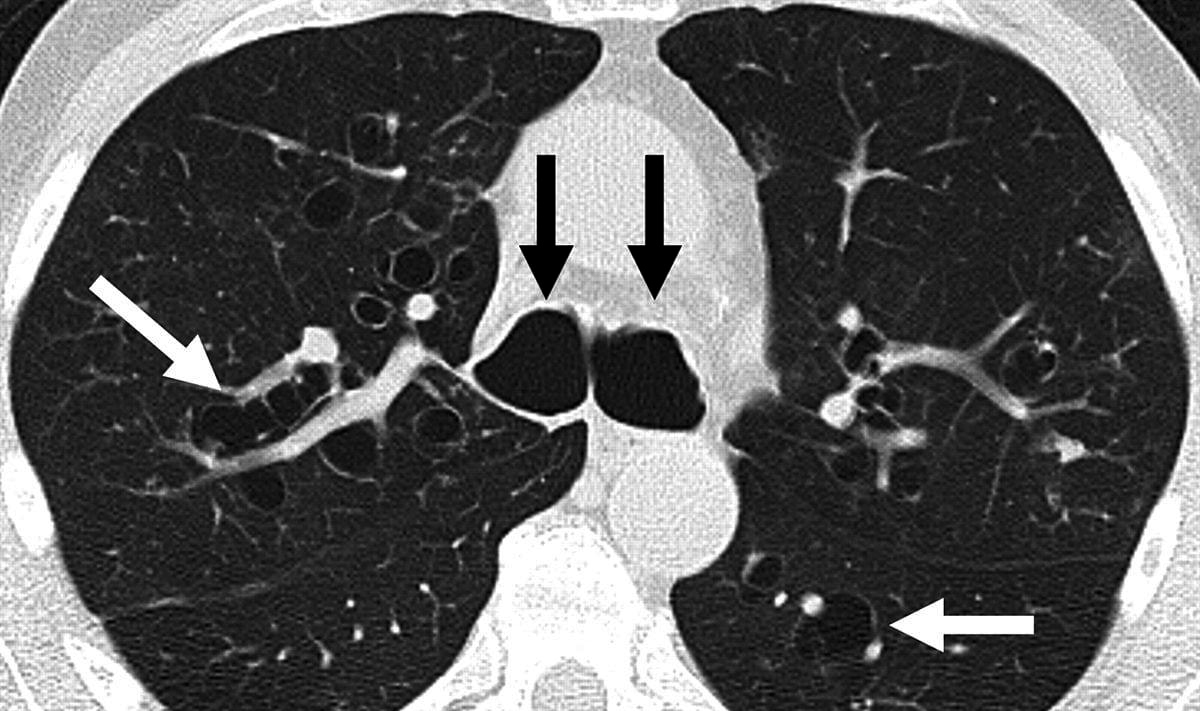[et_pb_section bb_built=”1″][et_pb_row][et_pb_column type=”1_2″][et_pb_text _builder_version=”3.13.1″]
The treatment of bronchiectasis aims to control infections and bronchial secretions, alleviate the obstruction of the airways, and prevent possible complications that may arise.
Bronchiectasis is abnormal enlargement of the bronchi associated with persistent airway inflammation and infection, and is characterized by chronic cough and abundant mucopurulent expectoration.
The two most important measures in the treatment of bronchiectasis are respiratory physiotherapy and antibiotics.
Respiratory physiotherapy: its main objective is to favor the elimination of respiratory secretions, and reduce airway resistance, reduce respiratory effort, improve gas exchange, increased tolerance to exercise and improving quality of life.
Postural drainage: the purpose of this measure is to mobilize the secretions with the help of gravity in order to expel them to the outside. Expectorants or mucolytics of various types can be used.
Exercises of thoracic expansion: they consist of making maximum inspirations, keeping the air retained for a few seconds and, later, performing a passive slow expiration.
[/et_pb_text][/et_pb_column][et_pb_column type=”1_2″][et_pb_text _builder_version=”3.13.1″]
Thoracic percussion: consists of the repeated tapping with the fingertips (in infants) or the hollow hand (in older children and adults) on the different areas of the thorax, to help mobilize the secretions.
Antibiotics: currently only used in the crisis of worsening of symptoms. The most commonly used antibiotics are amoxicillin-clavulanate and cephalosporins such as ceftriaxone. Sometimes up to three weeks of treatment is required for proper control of the disease. In highly evolved cases that have received many treatments, and in those in which fever is not controlled and signs of infection persist, sputum culture may allow a more adequate choice of antibiotic. Bronchodilators (generally used in the form of aerosols) are indicated to treat bronchial reactivity.
If necessary, during surgery (surgery or lung transplant).
Learn more about your health and well-being at Pharmamedic.

[/et_pb_text][/et_pb_column][/et_pb_row][/et_pb_section]






